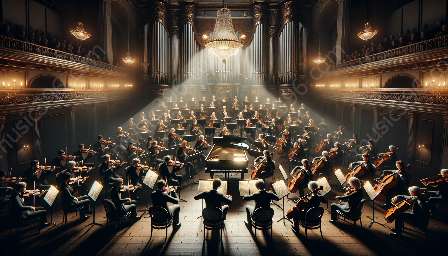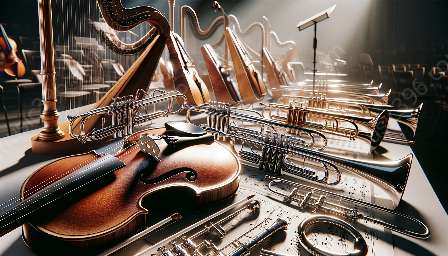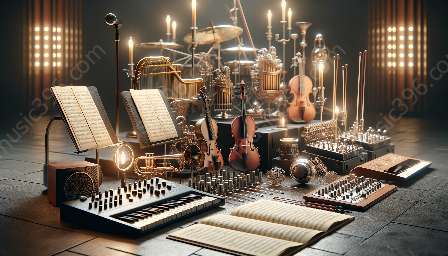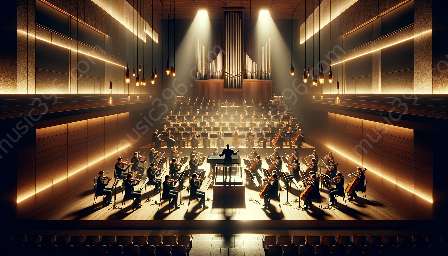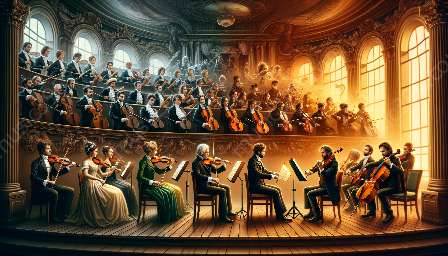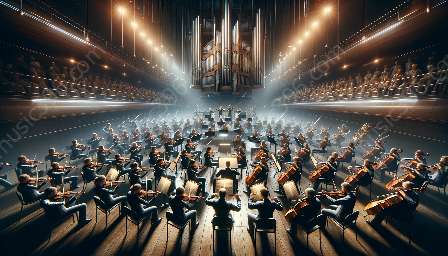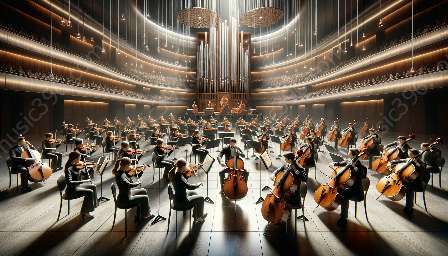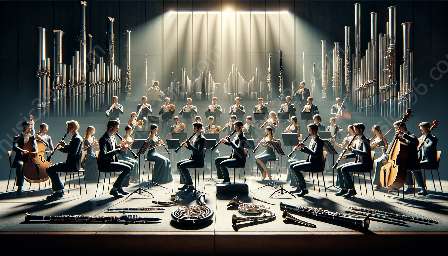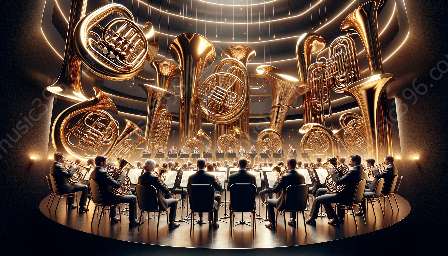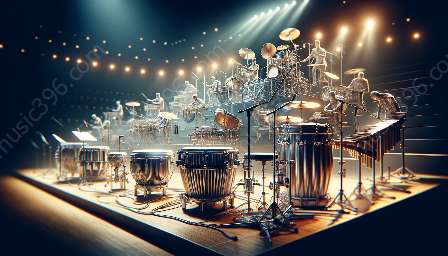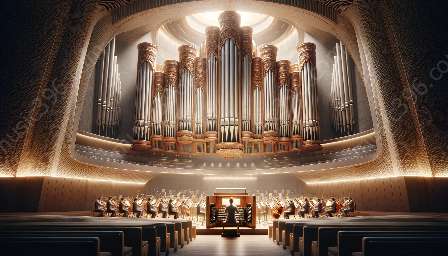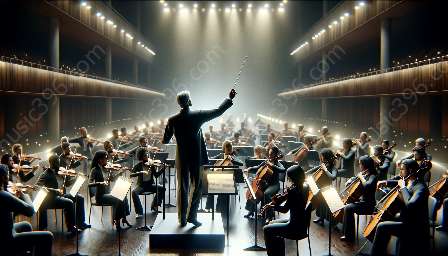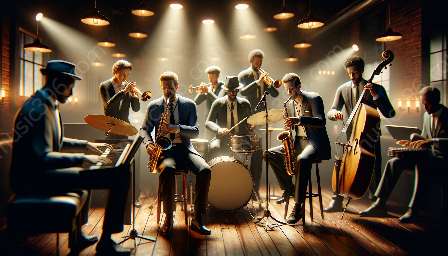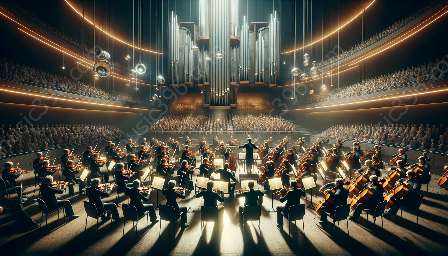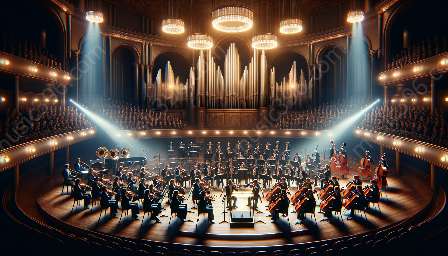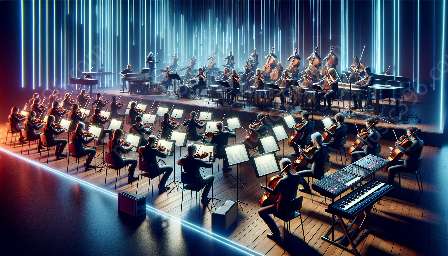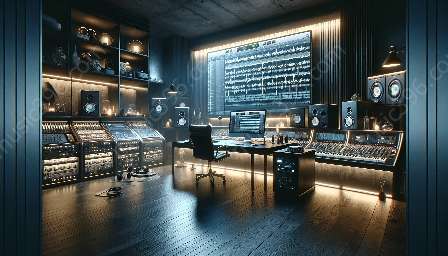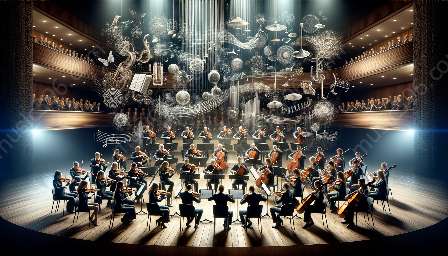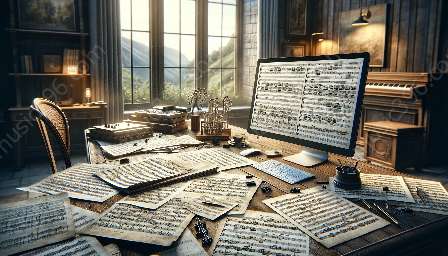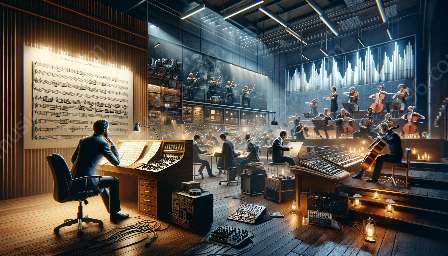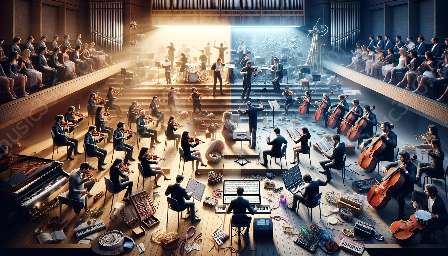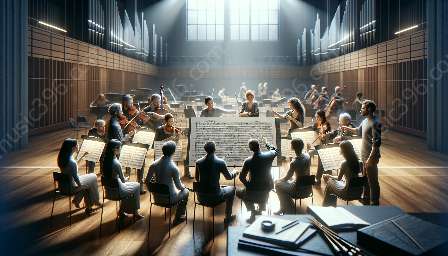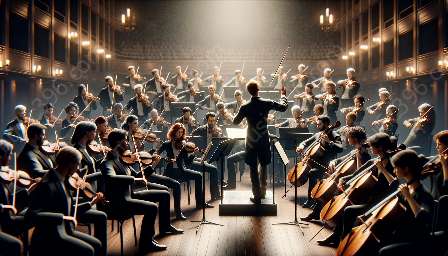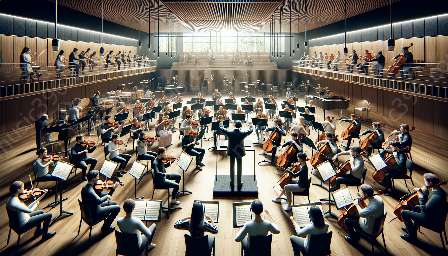Throughout history, orchestration has been a powerful tool used to enrich storytelling and narrative in music. From its early roots to its modern applications, orchestration has played a significant role in creating depth, emotion, and drama within musical compositions. This exploration will delve into the history of orchestration, its techniques, and how it has been used to elevate storytelling and narrative in music across different genres and eras.
The History of Orchestration
Orchestration has a rich history that dates back centuries, evolving alongside the development of musical instruments and styles. In its earliest forms, orchestration was used to accompany vocal music and was limited to a small ensemble of instruments. Over time, composers and musicians began experimenting with larger and more diverse orchestras, leading to the expansion of orchestration as an art form.
One of the key milestones in the history of orchestration is the development of the symphony orchestra, which became the central vehicle for orchestral music in the 18th century. Composers such as Mozart and Haydn were instrumental in popularizing the symphony orchestra and expanding its capabilities, leading to the establishment of the standard orchestral instrumentation that we recognize today.
The Romantic era saw a significant shift in orchestration, with composers like Wagner and Mahler pushing the boundaries of orchestral composition by introducing new instruments, exploiting the dynamic range of the orchestra, and experimenting with unconventional orchestrations. This era marked a turning point in the history of orchestration, as it expanded the expressive potential of the orchestra and paved the way for modern orchestral compositions.
Orchestration Techniques
Orchestration techniques encompass a wide range of skills and considerations that composers and arrangers use to craft the sonic textures and colors within a musical piece.
One common technique in orchestration is instrument grouping, where instruments are organized into families (e.g., woodwinds, brass, strings, percussion) to create balanced and harmonious sounds. Understanding the timbre and capabilities of each instrument is essential for effective orchestration, as it enables composers to blend different instruments for specific emotional effects and moods.
Additionally, orchestration involves dynamic control, which refers to the manipulation of volume and intensity within the orchestra. Composers use dynamic markings and articulations to guide the performers in achieving the desired expressive qualities, from soft and delicate passages to grand and powerful climaxes.
Furthermore, the use of orchestral color, achieved through combining different instruments and orchestrating them in specific ways, allows composers to evoke vivid imagery and convey narratives through musical storytelling. By layering instruments and utilizing their unique timbres, composers can create rich and immersive musical landscapes that enhance the underlying narratives of their compositions.
Orchestration and Storytelling
Orchestration has been utilized to enhance storytelling and narrative in music across various genres and contexts. Film music, for example, heavily relies on orchestration to underscore the emotional arcs and dramatic elements of a story. Through carefully orchestrated themes, motifs, and leitmotifs, film composers create sonic identities for characters, events, and settings, effectively imbuing the narrative with depth and resonance.
Moreover, orchestration has been an integral part of operatic compositions, illustrating the emotions and motivations of characters through musical expression. Composers like Giuseppe Verdi and Richard Strauss intricately orchestrated their operas to convey the inner workings of characters and to drive the dramatic momentum of the storyline.
Outside of the realm of classical and film music, orchestration continues to enrich storytelling within contemporary genres such as musical theater, where orchestrators work to support and enhance the emotional and thematic elements of the narrative through their arrangements.
Modern Applications of Orchestration
In contemporary music, orchestration plays a vital role in bridging traditional orchestral elements with modern production techniques. With the advent of electronic instruments and recording technology, composers and arrangers have expanded the sonic possibilities of orchestration, incorporating new sounds and textures into their compositions.
Additionally, the influence of world music and diverse cultural traditions has contributed to the evolution of orchestration, allowing for the integration of unconventional instruments and musical styles into orchestral arrangements. This fusion of traditional orchestration with innovative approaches has opened up new avenues for storytelling and narrative exploration in music.
Furthermore, the concept of programmatic orchestration, where music is explicitly linked to a narrative or visual elements, has gained prominence in contemporary orchestral compositions. Through programmatic orchestration, composers can evoke specific imagery, depict compelling stories, and transport listeners to immersive musical worlds.
Conclusion
Orchestration has left an indelible mark on the history of music, shaping the way narratives are conveyed and experienced through sound. From its early origins to its contemporary adaptations, orchestration continues to serve as a powerful medium for storytelling, imbuing music with depth, emotion, and narrative resonance.
By understanding the historical evolution of orchestration, the techniques employed by composers, and its modern applications, we gain a deeper appreciation for the role of orchestration in enriching the storytelling and narrative qualities of music, making it an integral part of musical expression and communication.

